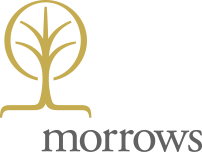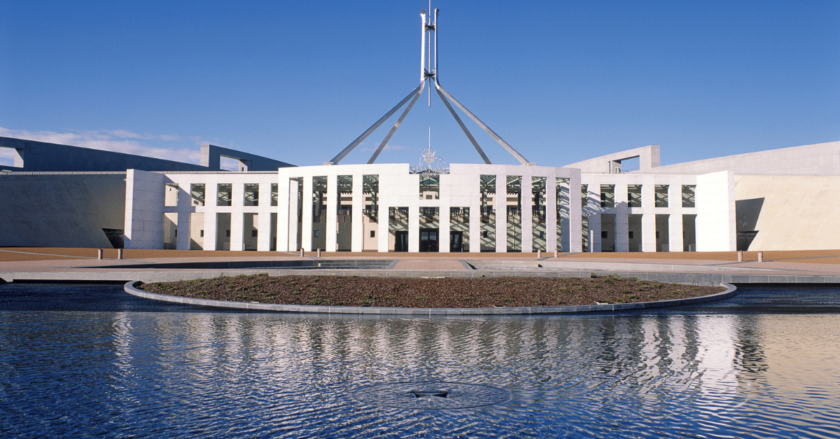The above by-line was the headline in the CPA press release summing up the Federal Budget released by the Treasurer on Tuesday 29th of March 2022. Clearly an “Election” budget, the focus was on short term cost-of-living relief, big infrastructure investments (road and rail particularly) and small business incentives as the Government anticipates a new phase of growth.
The budget has been greeted with some skepticism and concerns that the Government is again failing to address longer term strategic needs. Our focus is on key initiatives that are most likely to affect our clients, however, you may be interested in the third link below to the CPA’s “Beyond the Headlines” article for some obscure announcements.
The links we have provided this year are:
Read CAANZ (Chartered Accountants Australia & New Zealand) Budget Report
Read Government Budget Reports- for all the details
Read CPA (Certified Practicing Accountants) – for points you may have missed
There was plenty of good news for small businesses, including large investments in training, technology and streamlined reporting. There are also many changes in relation to individual supports, superannuation draw-downs and home ownership.
Morrows has prepared a concise summary of the most relevant Budget announcements and how they will impact individuals, businesses and the broader economy.
Business
- Small business training bonus/boost
- Technology investment
- Innovation investment
- Apprenticeships and cadetships boost
- Employee share scheme
Individuals
- One-off cash handouts and fuel excise relief
- One-off cost of living tax offset
- Tax avoidance task force
Superannuation
- Extension of 50% minimum super drawdown
- Removal of the $450 per month income threshold
- First Home Super Saver Scheme increased to $50K
Business
Small Business – skills and training boost
Every $100 a small business spends on training will receive a $120 tax deduction. The Government is introducing a skills and training boost to support small businesses (with aggregated annual turnover of less than $50 million) to train and upskill their employees.
This additional deduction of 20% will apply to eligible expenditure on external training courses provided to employees from budget was announced until 30 June 2024 (subject to certain exclusions).
Digital adoption by small business
Small business will get an extra 20% deduction for spends on digital technologies to encourage adoption of digital technologies (capped at $100,000 annually). Every $100 a small business spends on digital technologies will receive a $120 tax deduction. This would include expenditure on portable payment devices, cyber security systems or subscriptions to cloud-based services.
The boost for eligible expenditure incurred by 30 June 2022 will be claimed in tax returns for the following income year while the boost for eligible expenditure incurred between 1 July 2022 and 30 June 2023 will be included in the income year in which the expenditure is incurred.
If your organisation is looking to invest in technology, speak to your advisor to understand what expenditure is eligible and how you can utilise the extra money to reinvest and grow.
Investing in Innovation- Tax depreciation of intangible assets
To support and encourage investment and hiring in research and development, the Government has announced that it will allow business taxpayers to self-assess the ‘effective life’ of certain intangible assets, such as patents, registered designs, copyrights and in-house software.
The aim is to allow such intangibles to have prescribed tax effective lives ranging from 20 years for standard patents to five years for in-house software (such as website development).
Under the proposed measure, taxpayers will have the choice to use a more appropriate ‘effective life’ for these intangible assets taking into account the economic benefits provided by the asset.
It’s important to have the self-assessment documents complied and ready if called upon by an ATO audit. Morrows can assist with that document to ensure its assembled and documented correctly.
Employee Share Scheme Changes
While technically announced in last year’s Budget, the Government is now also removing the cap on the number of shares or options that can be issued, and increasing the value cap of shares from $5,000 to a monetary cap of $30,000 per year. These changes are intended to make these schemes more accessible and thereby assist in retaining and engaging talent, so that Australian companies can remain competitive in the global market.
If you are considering an employee share scheme to help retain and engage local talent, please reach out to your advisor.
Individuals
One-off cash handouts and fuel excise relief
The Budget announced a number of cosmetic but immediate cost-of-living adjustments that are likely to buy votes. The cash benefits included a $250 one-off payment to welfare recipients and an increase in the Tax Offset of $420 (see below). To address cost pressures in a very visible way, the Budget also announced an immediate 50% reduction in the fuel excise. In good news for the Government, prices at some petrol pumps had fallen in Melbourne CBD by 20c per litre or more by Wednesday mid-morning. In bad news for individual and business consumers, the excise reduction will be removed on 29th September this year. Some observers suspect that the election will be held just before that date.
One-off cost of living tax offset
The current tax offset of $1,080 will be increased by a cost-of-living offset of $420 for the 2021-22 income year.
This increase means individuals earning between $48,000 and $90,000 are likely to receive a tax offset of $1,500 in their 2022 tax return. Consistent with the existing scheme, the offset will be phased out for individuals with taxable incomes of $90,000 to $126,000.
| Taxable income | Tax Offset |
| Up to $37,000 | $675 |
| $37,001 to $48,000 | $675 plus 7.5 cents for each dollar over $37,000 up to $1,500 |
| $48,001 to $90,000 | $1,500 |
| $90,001 to $126,000 | $1,500 less 3 cents for each dollar over $90,000 |
Tax Avoidance Taskforce
The Government also announced that it will invest a further $650m into the ATO’s Tax Avoidance Taskforce (Taskforce). This will extend the operation of the Taskforce for an additional two-year period.
This Taskforce has been in place for 6 years and to date has resulted in raising $22.9 billion in liabilities against public groups, multinationals, wealthy individuals and associated private groups (including trusts and promoters), with the collection of over $15.9 billion in cash.
As a result, we are likely to see increased ATO review activity of high wealth individuals and family groups. The issues that the Taskforce have identified and are likely to be targeting include:
- loans or payments to shareholders, directors and associates (Division 7A issues)
- tax deductions and tax losses
- tax treatment of property disposals (including whether the disposal was on capital account or revenue account)
- trust distributions (trustee resolutions, trust deeds, reimbursement agreements)
- inadequate governance processes and procedures
The reference to the Taskforce in the Budget is an important reminder to ensure closely held groups document processes and decision-making to ensure you are in the best position if compliance activity is undertaken. It may be time to review your tax planning and group structure to ensure any issues are addressed or improvements made.
Our clients know that Morrows takes tax planning and tax integrity very seriously. Accordingly, we will be addressing key risk areas with our clients prior to the end of this financial year. We highlight Trust Distributions as a key risk area and our tax planning in May and June will have extra focus on ensuring that our clients are fully aware of appropriate income distribution strategies and proper Trust minuting.
Superannuation
50% minimum super drawdown extended
An individual receiving an account-based pension must draw a minimum amount from the super fund each financial year to satisfy the pension standards in the superannuation laws. The temporary 50% reduction in minimum annual payment amounts for superannuation pensions and annuities will be extended by a further year to 30 June 2023.
Removal of the $450 per month income threshold
From 1 July 2022, the $450 per month income threshold under which employers do not need to make superannuation guarantee contributions for employees will be removed. This legislation was enacted on 28 February 2022, so is already in effect.
Businesses employing casuals or family members from time to time should take note: Employers will now be required to make superannuation guarantee contributions on behalf of all employees, irrespective of their salary.
First Home Super Saver Scheme increased to $50K
The First Home Super Saver Scheme (FHSSS) was introduced in 2017 to help individuals save for their first home by using funds from their superannuation.
From 1 July 2022, the maximum amount of voluntary contributions that can be released under the FHSSS will increase from $30,000 to $50,000.
Any Questions? Contact your advisor
Our Morrows One Team take a multidisciplinary approach to business and wealth, helping our clients align their strategic and personal goals. If you would like to discuss any details relating to the Federal Budget, please contact your advisor on 9690 5700.
Your Morrows “One Team” – March 31st 2022





